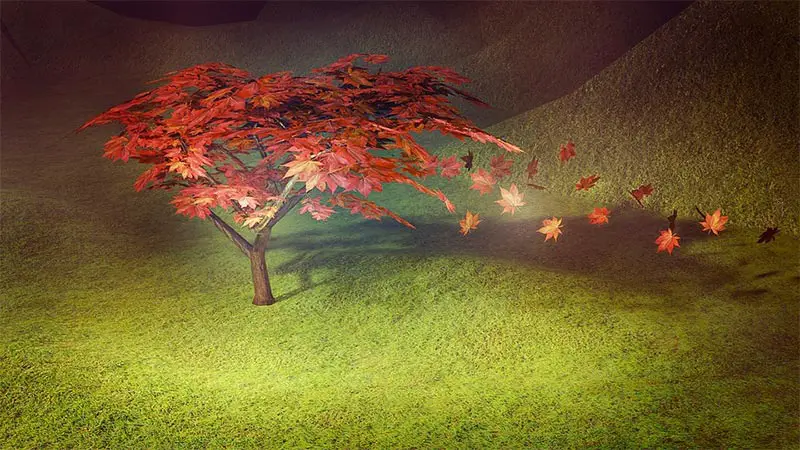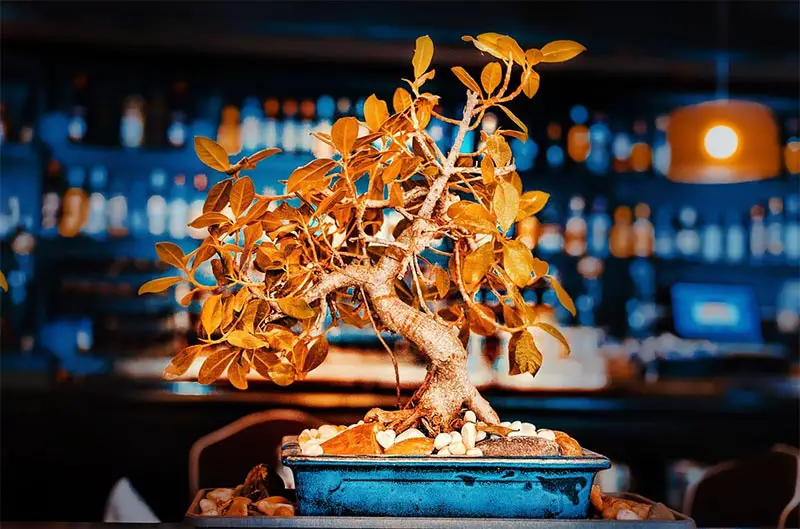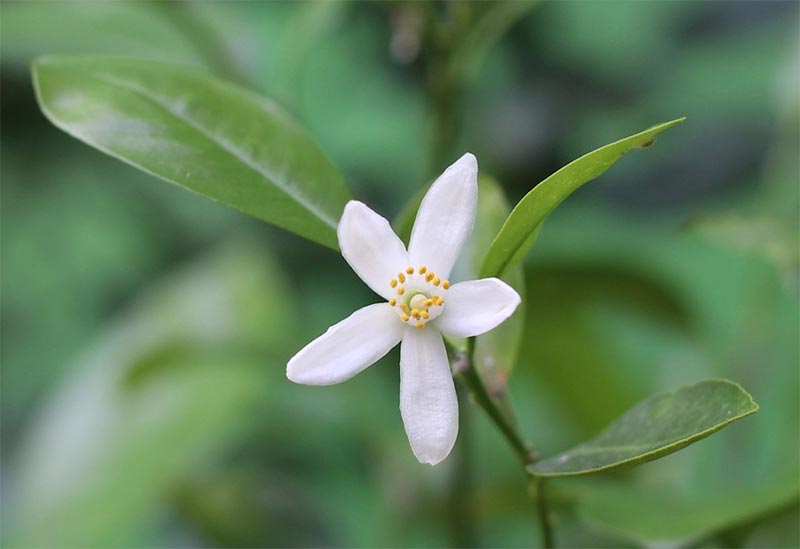How To Grow a Tree Using a Branch
Growing plants or trees from branch cuttings (also known as propagation) is relatively inexpensive and easy. All you need is some cuttings from the plant or tree you want to replicate—and then lots of patience while waiting for your selected specimens to grow roots.
Here’s a simple propagation method that can be applied to both evergreen and deciduous varieties of trees. Deciduous trees shed their leaves each autumn while evergreens retain their foliage all year round.
In many cases, cuttings can result in a higher success rate than when some species of trees are grown from seed. Trees grown from cuttings develop roots within a few months and mature much quicker than those produced from seeds.

What You Will Need To Grow a Bonsai Tree Using a Branch
For proper bonsai tree care from start to finish, you will need:
We have a detailed bonsai tree care guide with all the relevant information. Check the guide out here!

- Seed tray around four inches deep
- A growing medium made up of a mixture of peat moss, sand, and perlite
- Rooting hormone
- Mist sprayer
- Garden pruning shears
- Sharp knife
- Four sticks (for plastic covering)
- Plastic sheeting or cover
- Pots for successfully rooted cuttings
- Good quality potting soil
Preparing The Seed Tray
Fill the seed tray with the growing medium, then water it until the medium feels damp (not wet) right through. Make holes of around two or three inches deep for each cutting that you want to root. Space each hole apart enough that the length of each cutting will receive sufficient light.
Selecting Branches
Find a 10-inch-long, healthy-looking branch with leaves. Use the pruning shears to cut the stem at a 45-degree angle.
Note: Use softwood cuttings in spring, semi-hardwood cuttings in autumn, and hardwood cuttings in winter. Softwood cuttings are from new stems, semi-hardwood ones from the current summer stems, and hardwood from the year before’s growth.
Preparing Your Cuttings
Remove needles or leaves from the bottom two to three inches of the cutting. Use the sharp knife to slice away the outer layer enough to see the green cambium. This process is called wounding.
Make sure to stay in the outer wood—wounding allows for more rooting hormone and water absorption into the cutting—thereby promoting cell division.
Rooting Hormone
Dip the wounded part of the branch into the rooting hormone, rolling the bottom in the hormone to ensure the exposed branch surface is coated. Plant the hormone-covered parts of the cuttings in the prepared holes in the potting medium and pat them into place.
Final Touches
Push the sticks into the potting mix around the outside edges of the planter. Mist the cuttings, then cover the planter with the plastic sheet to retain the humidity. Place the planter in a position that receives indirect light and can keep consistent temperatures of around 65–70°F.

Until Rooting
Check the cuttings often for root development. Keep them misted with room-temperature water and ensure that the soil stays moist all the way through. A slight tug on the branch that gives a little resistance indicates that roots have developed. Note that rooting can take a few months.
After Rooting
Once rooted, you can transplant each small tree into individual pots filled with good-quality potting soil. Continue making sure that the earth is moist and the trees are in indirect sunlight, gradually accustoming them to more direct sunlight and outdoor conditions. After about one year of growth, the new trees will be ready for transplanting into the ground.

Final Tips
- Plant more branch cuttings than required as not all of them will root adequately, if at all.
- Use cutting equipment that’s been dipped in a mixture of approximately 10% bleach/ 90% water. Sterilized tools will lessen the chances of disease spreading.
- Working on cuttings while they’re still fresh produces better results.
- Try to use branches from healthy, disease-free trees.
- Branches that are less than a year old have a higher chance of success at rooting.







